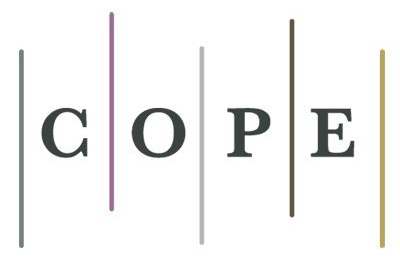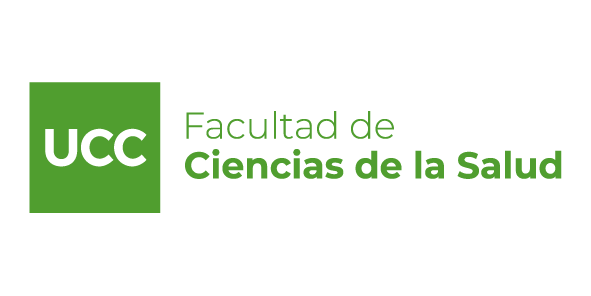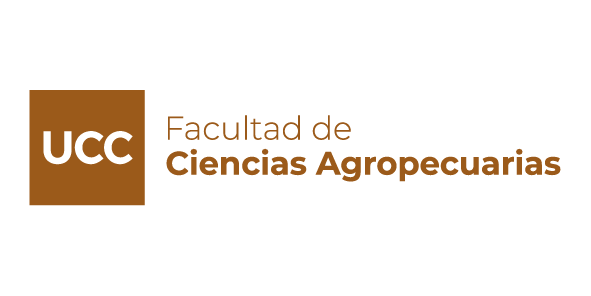Outcomes of ophthalmologic exams of full-term infants and their maternal history
Keywords:
Ophthalmological exam; Newborns; Minor infants; TORCH diseasesAbstract
INTRODUCTION: In Argentina, the Argentine Society of Infantile Ophthalmology recommends an eye
examination by a trained ophthalmologist to all children at birth, at six months, at three years, and at the
beginning of school. To our knowledge, these are no statistical data on the ophthalmological findings in
our country.
OBJECTIVE To describe the ophthalmological findings in full-term infants less than one year of age
monitored in an ophthalmology service of a public hospital between January 2015 and December 2018, and
their possible relationship with the maternal medical history (demographic variables and pathological
history).
POPULATIONS AND METHODS: The population was composed of full-term babies with a gestational
age ≥37 weeks. The examination included cephalic alignment with respect to the vertebral axis, face, ocular
location within the orbit, symmetry and eye size, eye movements, eyelids, conjunctiva, sclera, cornea,
anterior chamber, iris, pupil and lens, vitreous, optic disk, macula, blood vessels and peripheral retina.
Subsequently, newborns history was analyzed as: gestational age and birth weight, sex, days of life at
examination date, and chief complain. Maternal history included age, visits and diseases during pregnancy.
The relationship between pathological finding and the maternal medical history was assessed with Chi
square test.
RESULTS: A total of 4,248 infants, with an average gestational age at birth of 39 (SD= 1) weeks and
average birth weight of 3,325 (SD= 491) grams were included in the study. There was a male predominance
(51%) and 60% of the patients were monitored before 28 days of life. Seventy three were examined for
routine neonatal screening and 27% were interconsultations to rule out TORCH disease.
In mothers, the average age was 26(SD=7) years. Pregnancies were controlled in 94% of cases. Sixty five
percent have had normal pregnancies and 35% pathological, being TORCH diseases the most frequent ones.
Regarding the ophthalmological examination, 93% (n = 3950) of children had normal exams, while 7% (n
= 298) were abnormal: conjunctivitis (59%, n = 110) and non-macular retinal hemorrhages (67%, n =
99).There was a significant association between children under 28 days of age and eye abnormalities (p
<0.001), and between TORCH pathologies and abnormal ophthalmological exams (p = 0.01).
CONCLUSIONS: Most ophthalmological exams of term children under one year of age were normal. The
most frequent pathological ocular findings were associated with TORCH disease in both the mother and
the child. Most of the anomalies were presented before 28 days of life. Therefore, we consider of importance
to have a complete ophthalmological examination in the newborn without delay, including funduscopy
when there is a suspicious history in the mother or child and even in children with no pathological history.




















